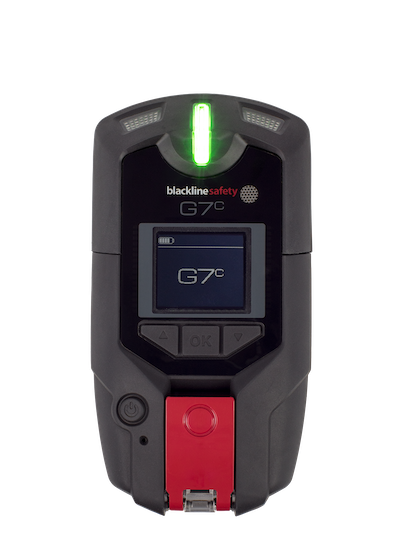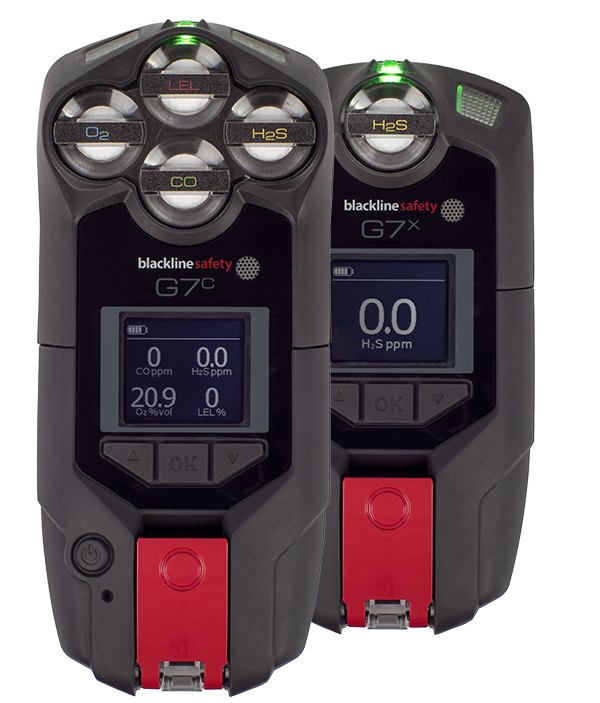POWERING DATA-DRIVEN SAFETY.
The renewable energy sector is rapidly growing and transforming the global energy landscape, driven by the urgent need to mitigate climate change, enhance energy security, and harness clean and sustainable sources of power.
This sector encompasses a diverse range of technologies, including solar, wind, hydroelectric, geothermal, and bioenergy, each playing a crucial role in the transition towards a low-carbon economy.
Solar Energy: Solar photovoltaic (PV) systems convert sunlight directly into electricity, offering a clean and abundant source of energy. The deployment of solar PV installations, both utility-scale and distributed, has experienced exponential growth in recent years, driven by declining costs and supportive policies.
Wind Energy: Wind turbines harness the kinetic energy of wind to generate electricity, making wind energy one of the most cost-effective and rapidly deployable renewable energy sources. Advancements in turbine technology, coupled with favorable wind resources, have propelled the growth of onshore and offshore wind farms worldwide.
Hydroelectric Power: Hydroelectric power plants utilize the gravitational force of flowing water to spin turbines and generate electricity. While large-scale hydropower projects have been operational for decades, there is a growing focus on small-scale and pumped-storage hydropower facilities to enhance flexibility and energy storage capabilities.
Geothermal Energy: Geothermal energy harnesses the heat from the Earth's interior to generate electricity or provide direct heating and cooling solutions. This renewable source is particularly valuable for its baseload power generation capabilities and potential for district heating and cooling applications.
Bioenergy: Bioenergy encompasses a range of technologies that convert organic matter, such as agricultural residues, forestry waste, and dedicated energy crops, into various forms of energy, including electricity, heat, and biofuels. Advanced bioenergy technologies, like second-generation biofuels and biogas, offer promising pathways for sustainable energy production.



-1.png)





